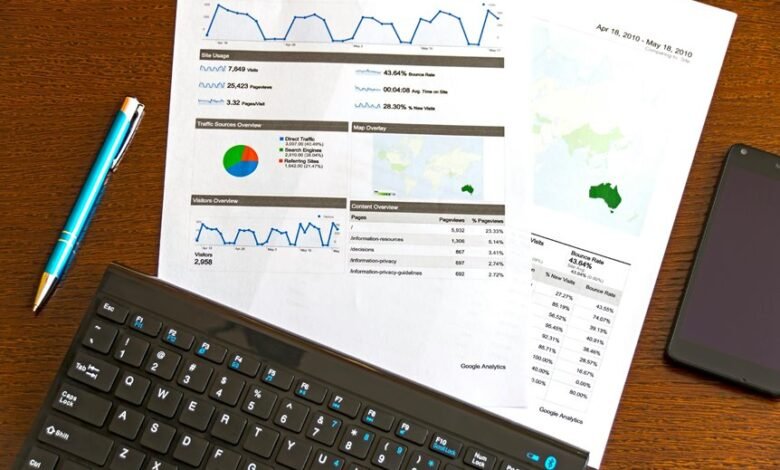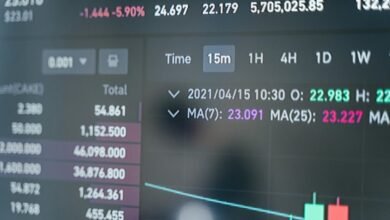Explores Insights About 2137378771, 2137849720, 2138179751, 2145068793, 2146516900, 2148332125

The phone numbers 2137378771, 2137849720, 2138179751, 2145068793, 2146516900, and 2148332125 reveal significant telecommunications trends linked to their respective area codes. These numbers offer insights into user experiences and service patterns prevalent in California and Texas. A closer examination of their origins raises important questions about customer service and privacy implications in a digital landscape. What underlying factors shape these interactions and influence customer behavior in the telecom sector?
Unveiling the Origins of Each Phone Number
How does one trace the lineage of a phone number? By examining number geography, individuals can uncover the historical significance of a phone number’s origins.
Each digit reveals a spatial and temporal context, reflecting the area codes and local exchanges. This analysis allows for a deeper understanding of the number’s evolution, connecting it to broader telecommunications history and regional developments that shaped its significance.
Analyzing Services and Patterns Associated With the Numbers
The exploration of a phone number’s origins naturally leads to an examination of the services and patterns associated with these numbers.
Analyzing service trends reveals a diverse range of offerings linked to each number, while customer feedback provides insight into user experiences and satisfaction.
Identifying these connections assists in understanding how these numbers function within their respective industries, ultimately guiding potential improvements.
Understanding the Implications of These Phone Numbers
Although their primary function is to facilitate communication, phone numbers carry broader implications that extend into areas such as marketing, customer service, and data privacy.
The implications discussion surrounding these numbers reveals significant privacy concerns, particularly regarding how personal data is collected and used.
Understanding these dimensions is crucial for consumers seeking to protect their information in an increasingly interconnected digital landscape.
Conclusion
In conclusion, the examination of phone numbers 2137378771, 2137849720, 2138179751, 2145068793, 2146516900, and 2148332125 reveals a tapestry of telecommunications trends, where customer service and marketing strategies tango with privacy concerns. One might ponder if these digits are merely conduits for communication or if they harbor hidden agendas, whispering tales of data exploitation. Thus, as users navigate this digital labyrinth, they must ask: are we the callers or merely the calloused victims of incessant ringing?




